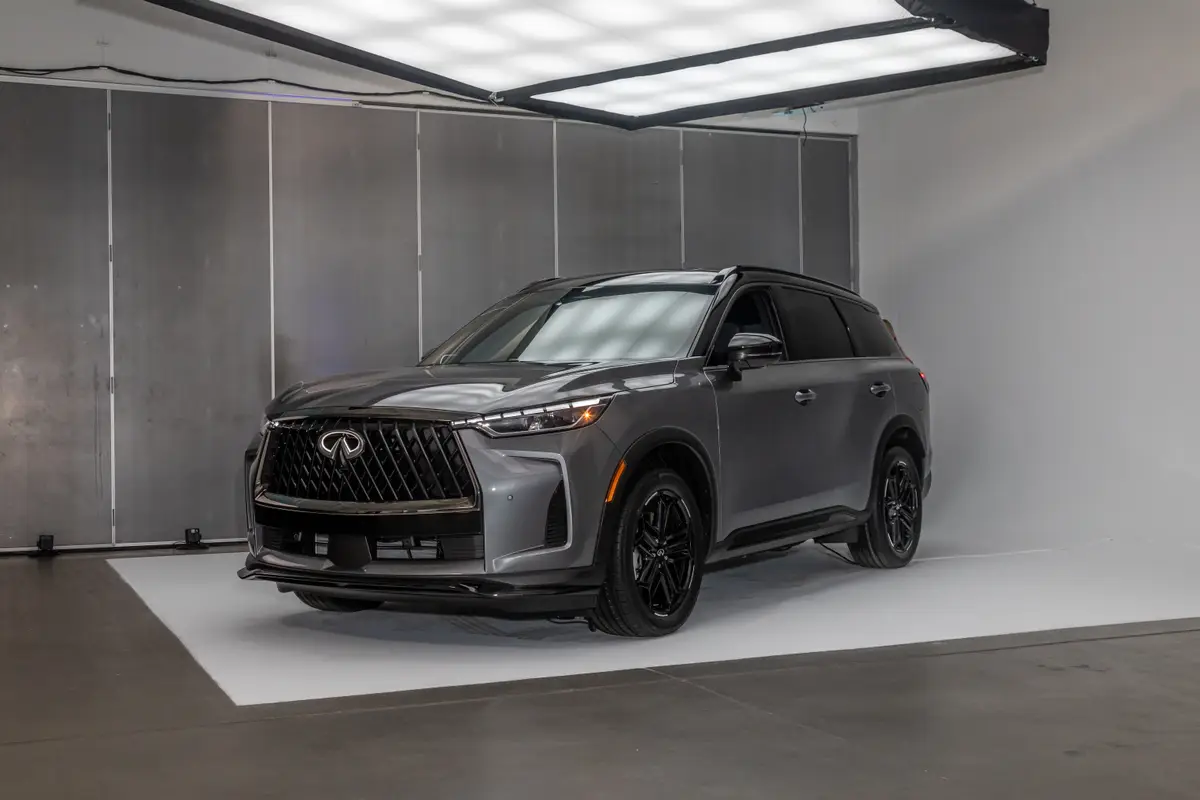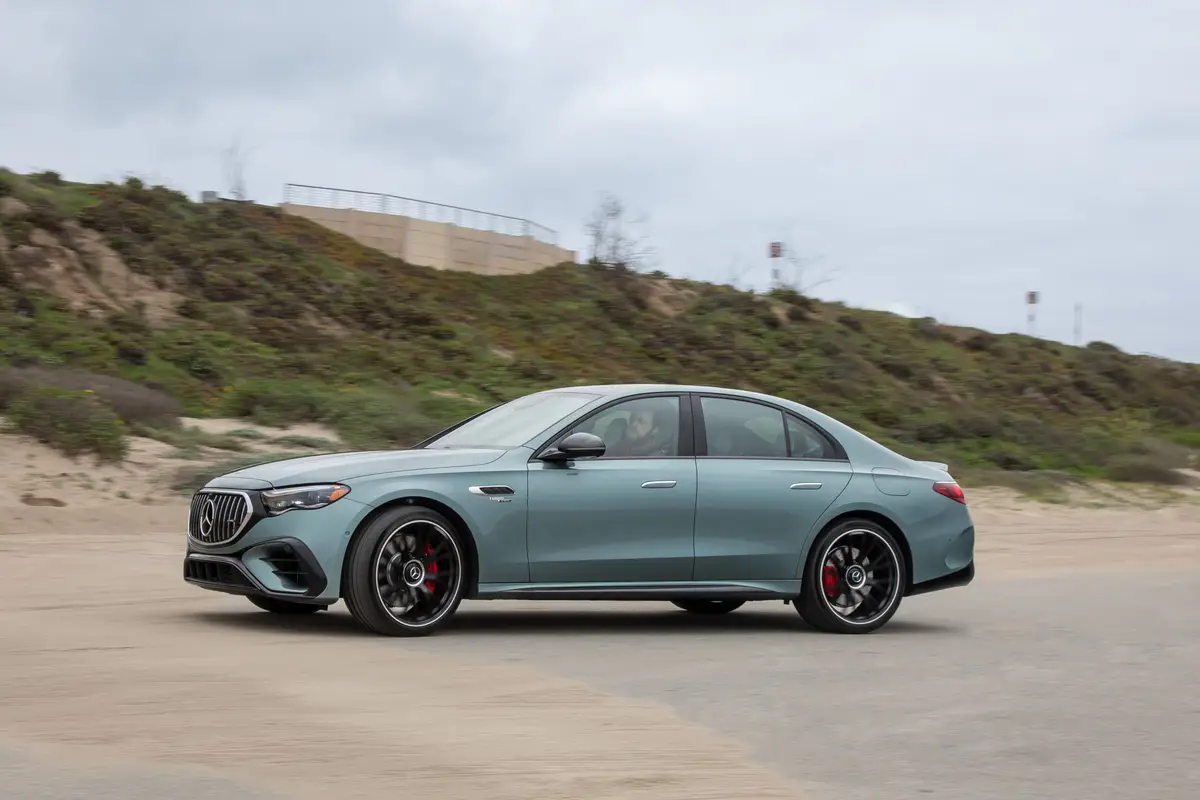washingtonpost.com's view
The 2011 Ford Explorer is more of a wagon and less of a truck than its predecessors. But it’s a fully capable sport-utility vehicle – one of the best-engineered, best-equipped, and arguably safest and most environmentally friendly midsize SUVs made by Ford or by any other vehicle manufacturer.
SUV haters will have to dig deep into their bag of biases to come up with an even mildly plausible reason for hating this one. And the likelihood is that they won’t find any.
The facts of the new Explorer speak for themselves:
l Traditionally heavy truck-based, fuel-consumptive body-on-ladder-frame construction has been replaced by a lighter, more carlike, unitized-body build process. Yet the new Explorer is no less capable than its truck-based forebears, including those first “covered truck” four-wheel-drive Explorers introduced in 1991. It can still plow through sand and mud, rain and snow. It can ford streams and climb rocks, or simply take you to a grassy picnic knoll or to a campsite where paved roads end. It can also be outfitted pull a trailer weighing 5,000 pounds.
l Back in 1996, in response to criticism that the Explorer was “underpowered,” Ford installed a 5-liter, 210-horsepower V-8 engine in the Explorer XLT – the “popularly equipped” model, meaning the one bought by the most consumers. That was a big deal.
The 2011 Explorer XLT driven for this column comes standard with a 3.5-liter, 24-valve V-6, which is a substantially smaller engine than the 1996 V-8. But the new V-6 delivers a maximum 290 horsepower and 255 foot-pounds of torque, which means it leaves that old lumbering V-8 in the dust. The new engine is also more fuel-efficient, with a federal rating of 17 miles per gallon in the city and 25 mpg on the highway using regular gasoline.
In the 1996 V-8 Explorer, you were lucky if you got 17 miles per gallon on the highway and 14 in the city.
l And then there’s safety. Let us stipulate that anything made or driven by human beings can end in disaster. We are prone to error. That being the case, the 2011 Explorer is about as good as it gets when it comes to SUV safety.
The new Explorer offers inflatable seat belts in the rear seats, the first available on a mass-market vehicle. Inflatable belts are better than traditional strap models in the matter of dispersing crash energy transferred to the human body. That could mean fewer abdominal and other internal injuries in a vehicle collision.
Standard equipment includes electronic stability and traction control, and those work in tandem with a technology – the Terrain Management System (TMS) – borrowed from Land Rover, the British SUV company once owned by Ford.
It’s best to think of TMS as a kind of road-surface butler. In the Normal setting, used on paved roads, it sends more torque to the Explorer’s front wheels and serves the rear wheels only when needed (when it is detected via sensors that the rear wheels have better gripping power than the front wheels). The Mud/Ruts setting permits the drive wheels to dig in and pull out of the mess. The Sand (only) setting sends the Explorer into low gear and maximizes torque, twisting power generated by the engine, to the drive wheels. The Sand/Gravel/Snow setting limits wheel slippage and increases traction on slippery surfaces.
In short, Ford has done a heck of a good job here. It has taken a variety of complaints against traditional SUVs and turned them into pluses. Even the front end of the new Explorer, for example, is designed to do less damage to smaller vehicles in vehicle-to-vehicle crashes.
And Ford did not forget about the touchy-feely good stuff. Fit and finish are excellent, easily among the best in the business. The new Explorer’s cabin looks and feels good, even with standard “premium” cloth seats. Amenities abound. Ergonomics – ease of reach and use in the matter of gauges and dials, largely assisted by advanced electronics – notably the trademarked My Ford Touch operating system, are best in class.
A quick comment on My Ford Touch (MFT): It changes the tactile interaction between the driver and instrument-panel controls. The twisting and turning of dials is virtually eliminated. Slight touches do the job. MFT gives the driver voice control when touching proves inconvenient.
It’s amazing, simply amazing. Even if you have no intention of buying a sport-utility vehicle, and especially if you remain among those benighted souls who haven’t driven a Ford lately because of long-invalid memories of poor Ford quality, you should check this one out. It will very pleasantly surprise you.
Latest news



